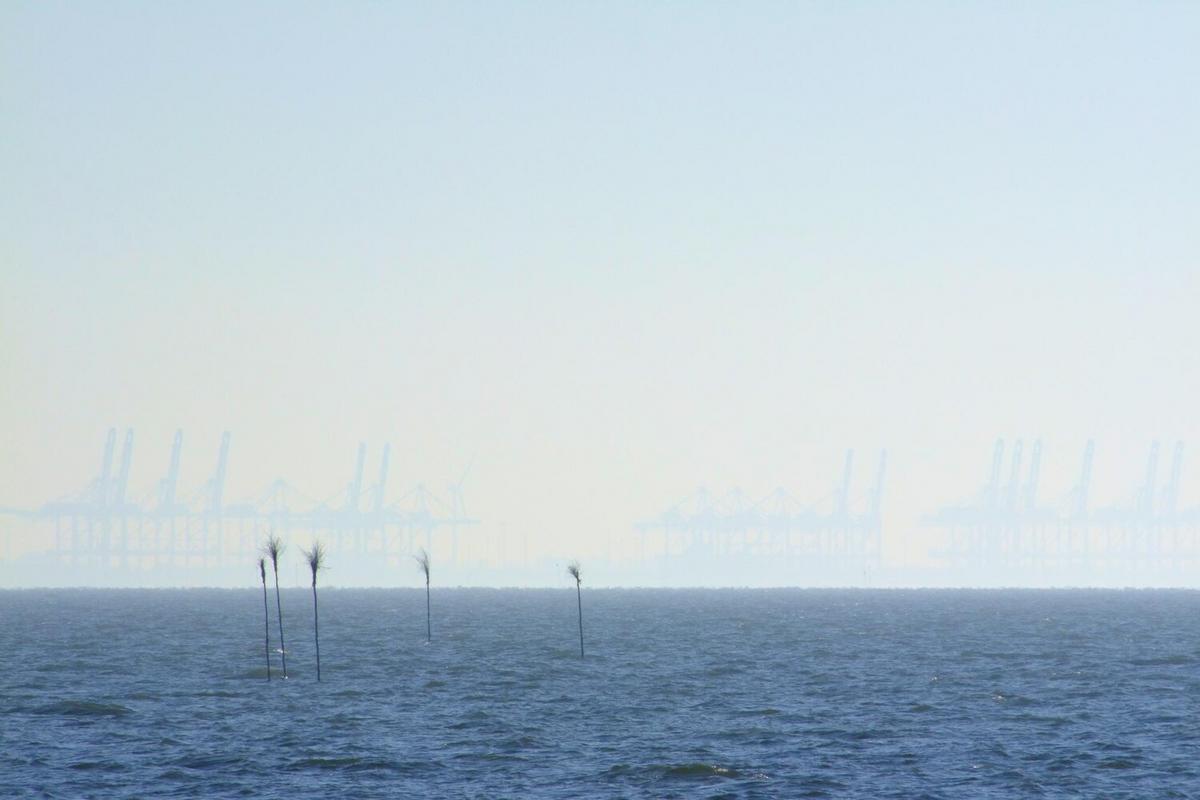
Tidal Energy: Unlocking the Power of Oceans
Harnessing the immense power of our oceans, tidal energy emerges as a promising candidate in the renewable energy landscape, offering a sustainable solution to the world’s growing energy needs.
Understanding Tidal Energy
Tidal energy, a form of hydropower, captures the kinetic and potential energy from tidal flows to generate electricity. Unlike solar or wind power, tidal energy is highly predictable and reliable, as tides are influenced by the gravitational pull of the moon and sun.
The Science Behind Tidal Energy
Two primary methods are employed to harness tidal energy: tidal stream systems and tidal range systems. Tidal stream systems utilize the kinetic energy of moving water, much like wind turbines capture wind energy. Tidal range systems, on the other hand, exploit the potential energy created by the difference in height between high and low tides.
Statistics and Research Findings
A report by the International Renewable Energy Agency (IRENA) highlights that tidal energy has the potential to provide up to 10% of the world’s electricity demand. Moreover, the global installed capacity for tidal energy has been steadily increasing, with several projects underway across Europe, Asia, and North America.
Expert Opinions
Dr. Laura Johnson, a marine energy specialist, states, “Tidal energy offers a unique opportunity to tap into a consistent and predictable energy source, reducing our reliance on fossil fuels.”
Real-World Applications
One notable example is the MeyGen project in Scotland, which is the world’s largest tidal energy installation. It has been successfully generating power and showcasing the potential of tidal energy to contribute to national grids.
Actionable Tips
- Explore local tidal energy projects to understand how they can be integrated into community energy plans.
- Support policies that encourage investment in tidal and other renewable energy sources.
Consider installing small-scale tidal energy systems if you live near a tidal source, as these can significantly reduce your energy bills and carbon footprint.
Comparison with Other Renewables
| Feature | Solar Energy | Wind Energy | Tidal Energy |
|---|---|---|---|
| Predictability | Low | Moderate | High |
| Energy Density | Low | Moderate | High |
| Environmental Impact | Moderate | Moderate | Low |
| Reliability | Variable | Variable | Consistent |
| Installation Cost | Low | Moderate | High |
| Maintenance | Low | Moderate | Moderate |
| Scalability | High | High | Moderate |
| Operational Lifetime | 20-25 years | 20-25 years | 25-30 years |
Frequently Asked Questions
What are the main benefits of tidal energy?
Tidal energy is renewable, predictable, and has low environmental impact, making it a sustainable option for electricity generation.
How does tidal energy compare to wind and solar?
Tidal energy is more predictable and reliable compared to wind and solar, though it generally requires higher initial investment.
Conclusion
Tidal energy represents a compelling opportunity for sustainable power generation. Its predictability and minimal environmental impact make it a viable component of a diversified energy strategy. By supporting development and policies around tidal energy, we can unlock the vast potential of our oceans and move towards a more sustainable future.